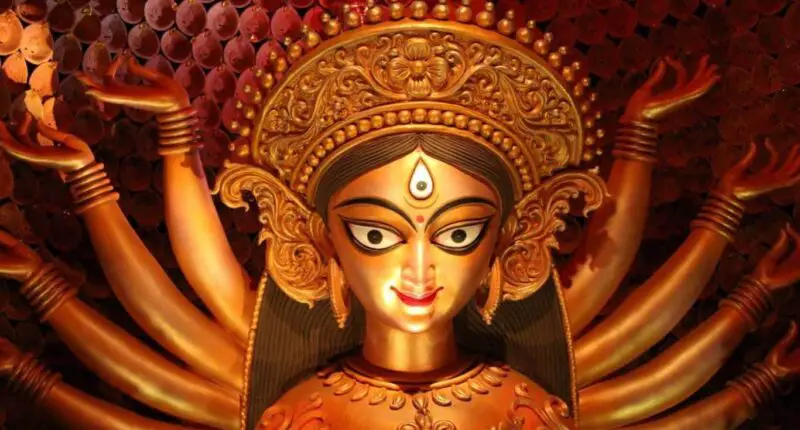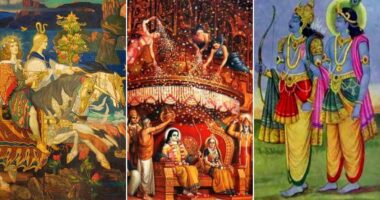The Meaning and Significance of Hindu Deities: The gods of the Hindus represent both the forces of nature and the forces that exist inside people. Rishi Aurobindo claims that the gods, goddesses, and demons recorded in the Vedas reflect various cosmic powers on the one hand, and man’s virtues and vices on the other, when explaining the symbolic meaning of Vedic deities in his book The Secret of the Vedas. Here we will discuss The Meaning and Significance of Hindu Deities.
The Meaning and Significance of Hindu Deities
Shiva

One of the primary Deities of Hinduism is the Hindu God Shiva (Sanskrit: The Auspicious One), also known as Siva, who is revered as the supreme lord by the Saivite sects of India. He is both the destruction and the restorer, a great ascetic and a representation of sensuality, a kind shepherd of souls and a vengeful assailant. The Hindu God Rudra, a minor deity mentioned just three times in the Rig Veda, was Shiva’s former name. He acquired prominence when he combined some traits from an earlier fertility deity to become Shiva, one of the three gods that make up the trinity, or trimurti, together with Vishnu and Brahma.
Parvati
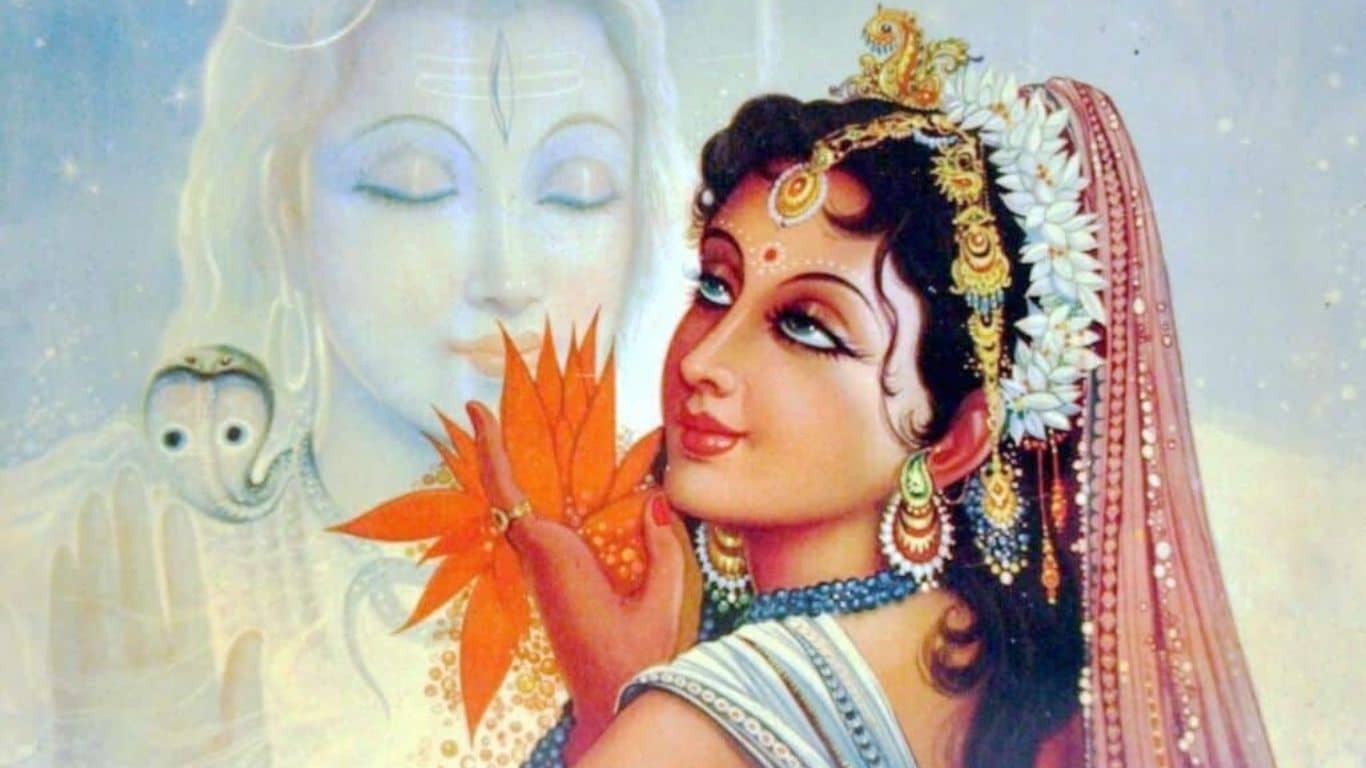
The compassionate side of mother Devi’s ultimate female manifestation is known as the Hindu Goddess Parvati. She is referred to as the “daughter of the mountain” since she is the daughter of the mountain King, Himawan, and queen Mena. She is the mother of both the Hindu deities Ganesha and Murugan as well as the wife of Lord Shiva. Uma and Guari are additional names for the Hindu goddess Parvati. She is the Hindu deity associated with devotion, love, marriage, children, fertility, and beauty. She carries the holy force between a man and a woman and is regarded as the mother goddess in Hinduism. The Hindu goddess Parvati is a master of meditation, just like her husband Shiva. Shiva statues almost invariably have Parvati standing by his side as a faithful companion.
Ganesha
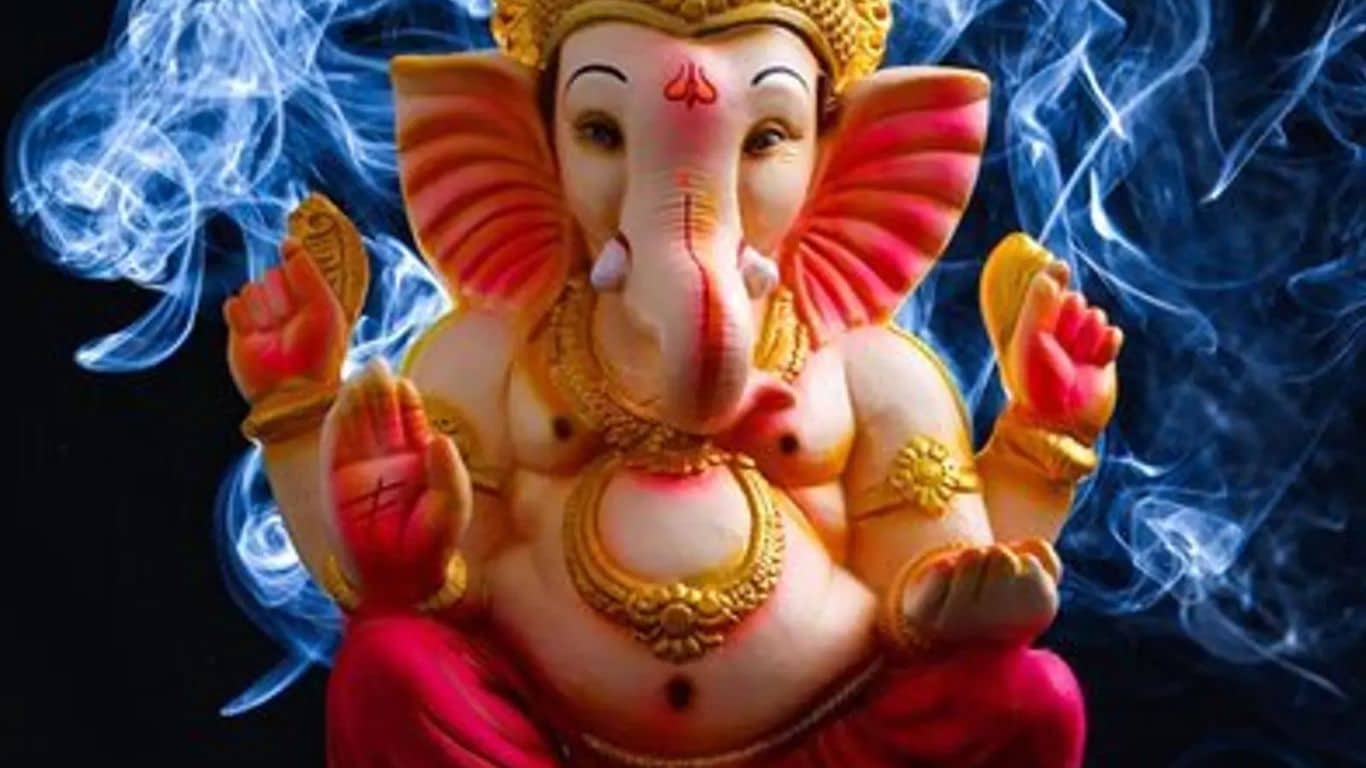
One of Hinduism’s most well-known deities is Ganesh, also known as Ganesha, the elephant-headed Hindu Deity who is fat, kind, and wise. The deity that worshippers initially acknowledge when they enter a temple is the Hindu God Ganesha, who is known for removing barriers. Ganesha is typically pictured in red, with a pot belly, one broken tusk, and four arms that are frequently used to grasp an elephant goad, a pasam (a type of noose), a pot of rice, or his preferred dessert, laddus. Offerings of these delicacies are frequently left at his temple because of his renown sweet tooth. The position of Lord Ganesha’s trunk in sculpture has a significant value. If the trunk is inclined towards the left side of Ganesha, it indicates success.
Hanuman
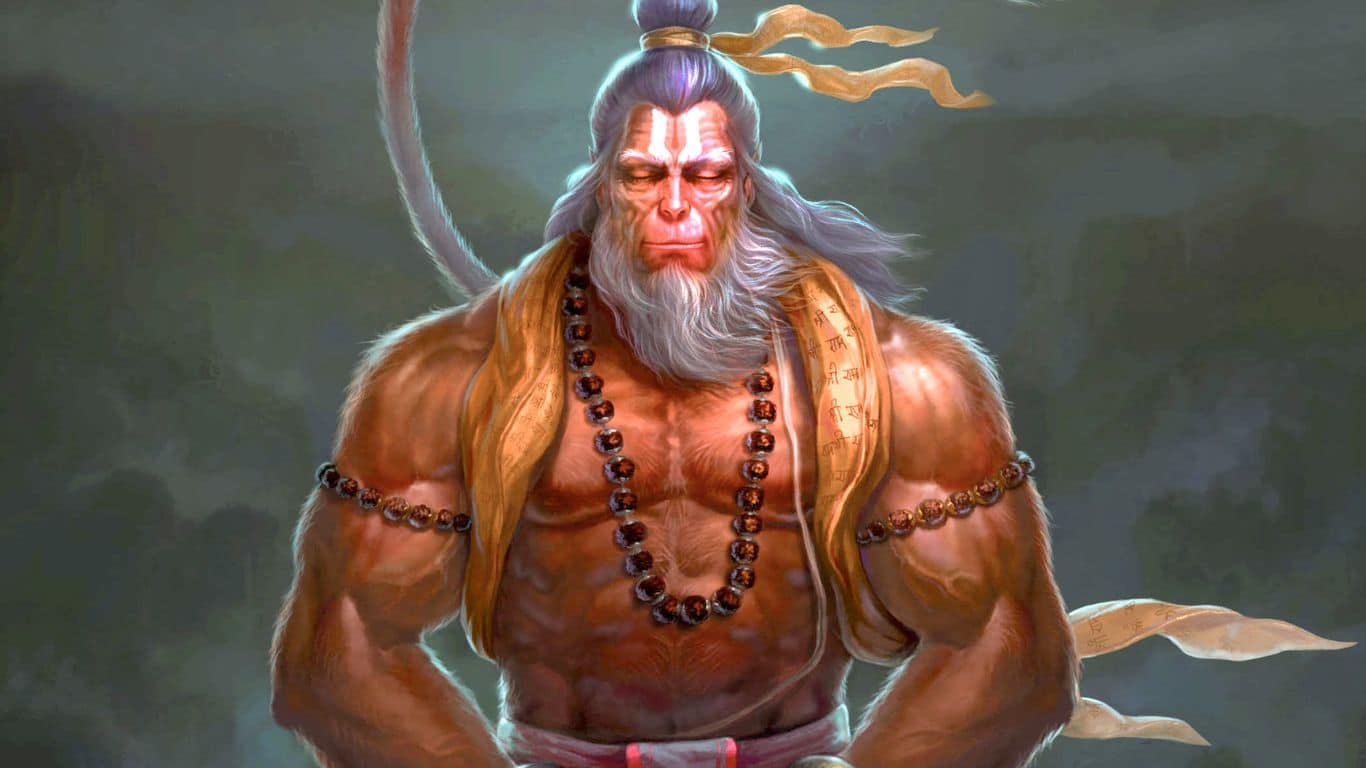
The monkey god of Hinduism, is revered for his valour, strength, and devoted, selfless service. Some claim that He was the son of the King and Queen of the Monkeys when he was born. Others claim that he is the child of Vayu, the wind god, and Anjana, a female Apsara who was cursed into being a monkey. It’s also stated that Hanuman inherited his capacity for flight from his father, Vayu. His mother was unable to sate his mother’s intense needs when he was born. His jumped after the Sun because he thought it was a magnificent fruit and wanted to indulge. But the Sun took off, and Hanuman followed him all the way to Indra’s heaven. Then Indra stepped forward and struck Hanuman in the jaw with a thunderbolt.
Lakshmi
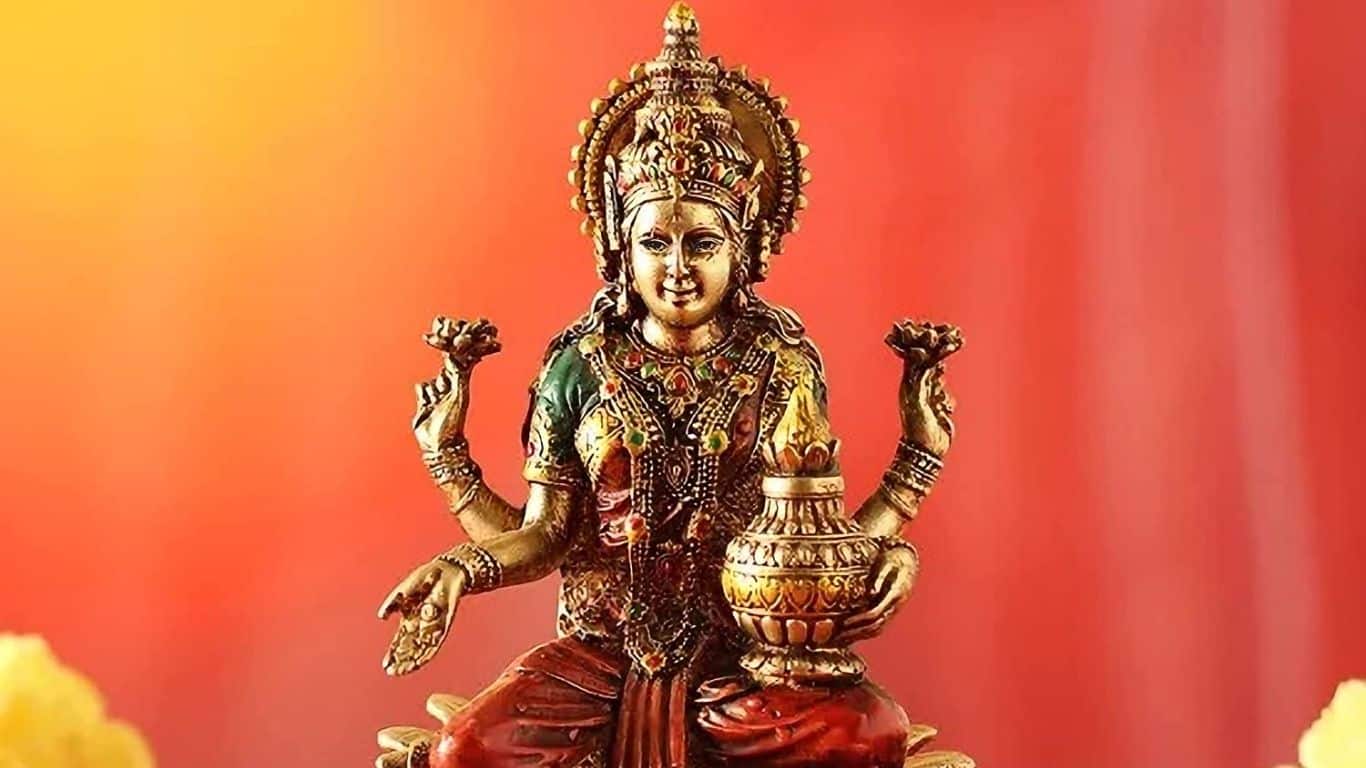
Most Hindu homes and businesses are decorated with images of Lakshmi, who is depicted wearing a red sari, wearing gold jewels, sitting on a lotus, holding a pot, and being accompanied by white elephants. The goddess of prosperity, fortune, power, luxury, beauty, fertility, and auspiciousness is Lakshmi, also known as Laxmi. She offers the possibility of material satisfaction and contentment. Her arms are raised to bless and bestow her blessings, and she is described as restless, whimsical, and maternal. Lakshmi’s divine name is Shri. Most texts begin with the word Shri, which is also said before addressing a god, a spiritual teacher, or any other esteemed person. The phrase conjures up images of grace, wealth, abundance, auspiciousness, and power. A holy aura is created when the word is spoken or written.
Saraswati

Saraswati, the goddess of learning and the arts, represents Devi’s wisdom. She is the dawn goddess, the river of consciousness that sustains the universe, and her rays dispel the darkness of ignorance. Without her, there is just turmoil and disarray. She must be realised by moving past the delights of the senses and savouring the tranquilly of the spirit. Saraswati doesn’t wear jewellery or eye makeup in vivid colours. She wears a white sari to symbolise her fundamental purity and rejection of everything superficial and worldly. She transcends the appetites of the flesh and rejoices in the powers of the mind as the patron of pure understanding. She personifies everything beautiful and pure in nature.
Durga
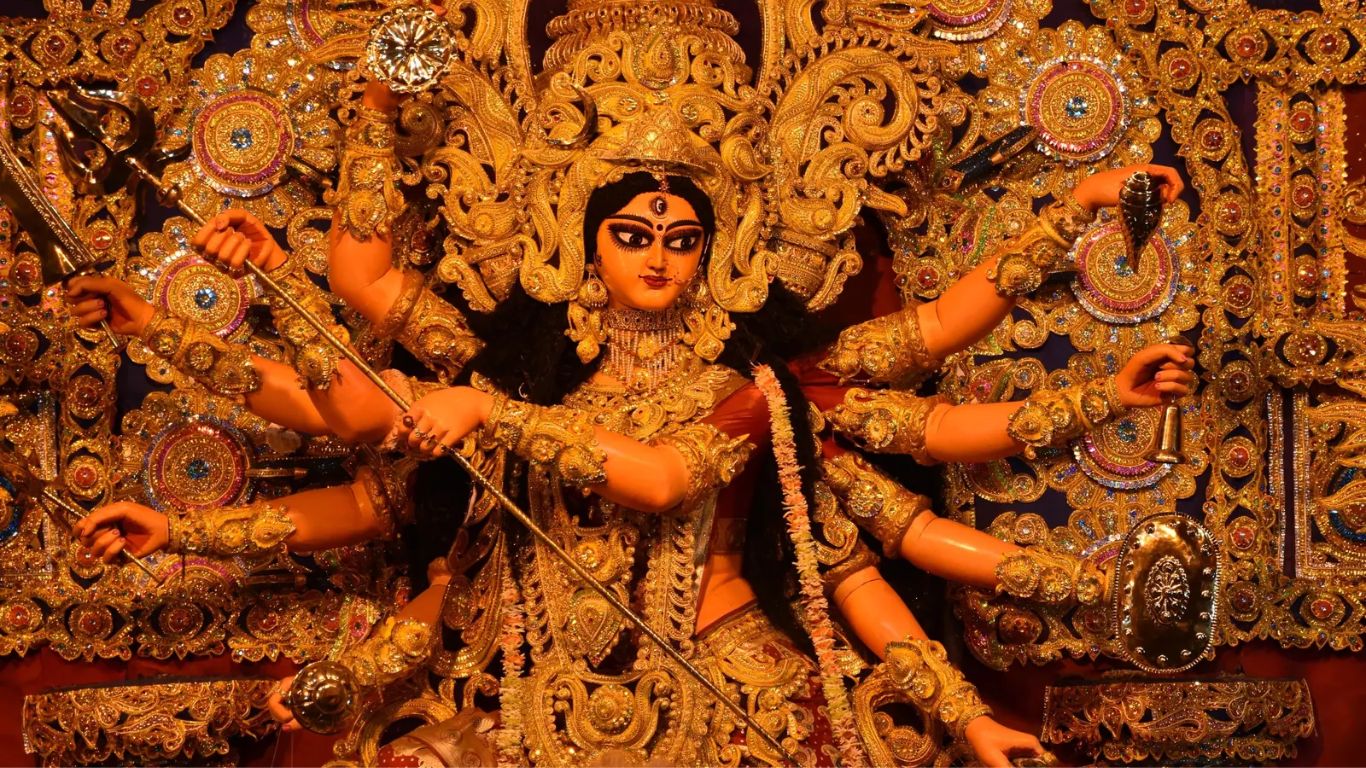
Durga, a Hindu goddess, is the most magnificent form of Devi. She is the unstoppable power of Nature who triumphs over those who try to control her. She possesses the power of all the Hindu gods put together. Mahisha, the buffalo demon, trampled through the three realms, spewing up dust that tainted the land and the ocean. Some Hindu deities’ shaktis originated in female avatars. From Indra came the thunderbolt-wielding elephant-riding Indrani; from Kumara came the peacock-riding Kaumari; from Vishnu came the eagle-riding Vaishanavi; from Varaha came the sharp-tusked swine Varahi; and from Shiva came the bull-riding, trident-wielding Shiavani. The seven powers of the Hindu gods were unstoppable forces – an unrestrained, unyielding, and unstoppable power of the universe.
Also Read: 10 Points That Prove Avatar is Inspired by Hindu Mythology
